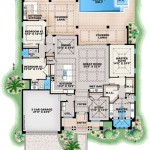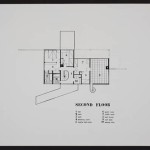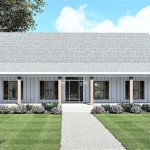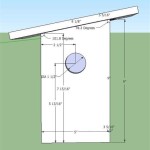Essential Aspects of Dairy Goat Barns Plans
Designing and constructing a functional and efficient dairy goat barn is crucial for the health, productivity, and overall well-being of the goats. By considering essential aspects in the planning process, you can create an optimal environment that meets the specific needs of your goats and facilitates efficient management practices.
Here are some key factors to consider when creating dairy goat barns plans:
1. Ventilation and Air Quality:
Proper ventilation is essential to maintain a healthy indoor environment for goats. Natural ventilation through windows, doors, and ridge vents provides fresh air and removes moisture and harmful gases. Consider installing fans or air exchange systems for additional ventilation during extreme weather conditions.
2. Lighting:
Goats require adequate lighting for optimal health and productivity. Provide natural light through windows or skylights, and supplement with artificial lighting during dark hours. Proper lighting levels promote good vision, activity, and feeding behavior.
3. Flooring:
Choose flooring materials that are comfortable, non-slip, and easy to clean. Concrete, rubber mats, or dirt floors are suitable options. Provide adequate drainage and slope to prevent moisture accumulation and hoof problems.
4. Stalls and Pens:
Design stalls and pens that provide sufficient space for goats to move around comfortably. Consider using partitions to separate goats based on age, size, or milking status. Ensure pens are clean, well-lit, and have access to food and water.
5. Milking Area:
The milking area should be designed for efficient and hygienic milking practices. Provide a dedicated space equipped with milking equipment, such as milking stands, milking machines, and milk handling facilities. Ensure the area is well-ventilated, clean, and free of distractions.
6. Feed and Water:
Access to clean and fresh water is essential for goats. Provide automatic waterers or nipple drinkers throughout the barn. Feed bunks or hay racks should be designed to prevent waste and keep feed clean.
7. Manure Management:
Establish an efficient manure management system to maintain a clean and healthy environment. Consider using slatted floors or manure removal systems to collect and dispose of manure regularly. Proper manure storage and disposal are essential for biosecurity and odor control.
8. Health and Safety:
Design the barn with the safety of goats and workers in mind. Provide proper fencing, gates, and handling facilities to prevent injuries. Implement biosecurity measures, such as footbaths and quarantine areas, to prevent the spread of diseases.
9. Cost and Maintenance:
Consider the cost of materials, construction, and ongoing maintenance when designing your barn. Choose durable and easy-to-clean materials to minimize maintenance costs. Plan for regular inspections and cleaning schedules to maintain the barn's functionality and goat welfare.
By incorporating these essential aspects into your dairy goat barns plans, you can create a comfortable, productive, and sustainable environment for your goats. A well-designed barn not only supports animal health and productivity but also facilitates efficient management practices, ensuring the success of your dairy goat operation.

Dairy Goat Barn Floor Plan House Farming Goats

Milking Barn Milkhouse For 10 Goats

Stunning Goat Housing Plans For Your Home

Inside The Goat Barn Dairy Goats Farming

Dairy Goat Barn Plans But Sears Is Be Emitting Some Crawling Description From Bykohuce25 Com I Searched For This On B Layout

The Goat Shed Part Ii Curbstone Valley

Building A 3 000 Barn Backwoods Home

Blueprint For A Goat Milking Facility Parlor Barn

Shed And Barn Plans Small Farmer S Journalsmall Journal

The Goat Shed Part I Curbstone Valley
Related Posts








